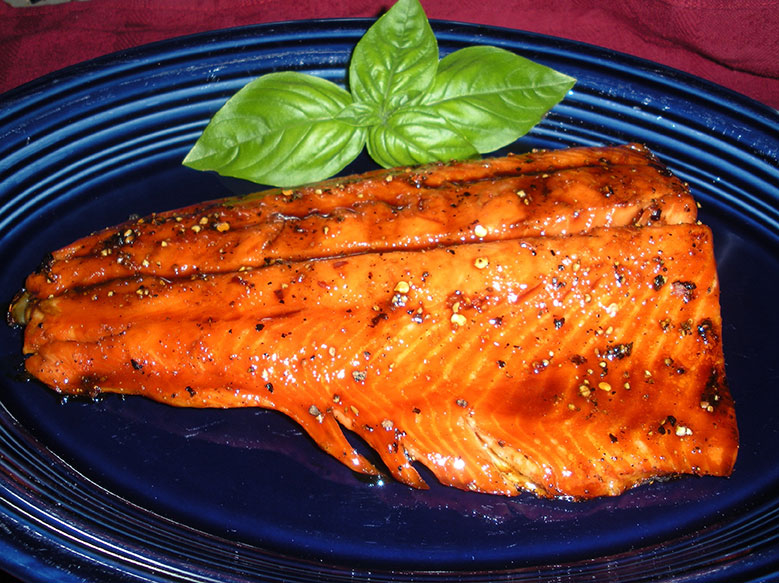
 In our Clean Label series, we’ve already written about “Is ‘Natural’ Healthier?“. Now, let’s look at the terms “all-natural” and “naturally-flavored” themselves.
In our Clean Label series, we’ve already written about “Is ‘Natural’ Healthier?“. Now, let’s look at the terms “all-natural” and “naturally-flavored” themselves.
For us here at Coombs Family Farms, what makes us see red is when food producers use the word “maple” to describe their product when there is not actual maple in the product. One major cereal manufacturer sells “Maple Brown Sugar Oatmeal” that does not contain any maple syrup in it. (We’ve been writing about deceptive packaging for quite a while.) The manufacturer responded to criticism regarding their maple-free maple oatmeal by pointing out that their product did indeed have natural maple flavor: maple bark. Now, this claim was technically true, even if the desirable flavor attributes came from something other than maple bark. (Have you ever tasted maple bark? If not, go outside and chew on the nearest maple tree and then tell us how much you liked the taste.)
Manufacturers[1. There’s a tip-off right there. People who produce real maple syrup are called anything but “manufacturers”.] have actually been trying to boil maple wood and pass the results off as maple syrup for quite some time. This 1907 edition of Southern Merchant tells of “near-maple” syrup made by “steaming maple wood cut during the maple season. To the substance obtained he adds sucrose, ordinary granulated sugar, and water.” Yum!
Coombs Family Farms supports the Clean Label Initiative, and believes that if something says, “maple-flavored”, that should mean that it actually has maple syrup in it.


